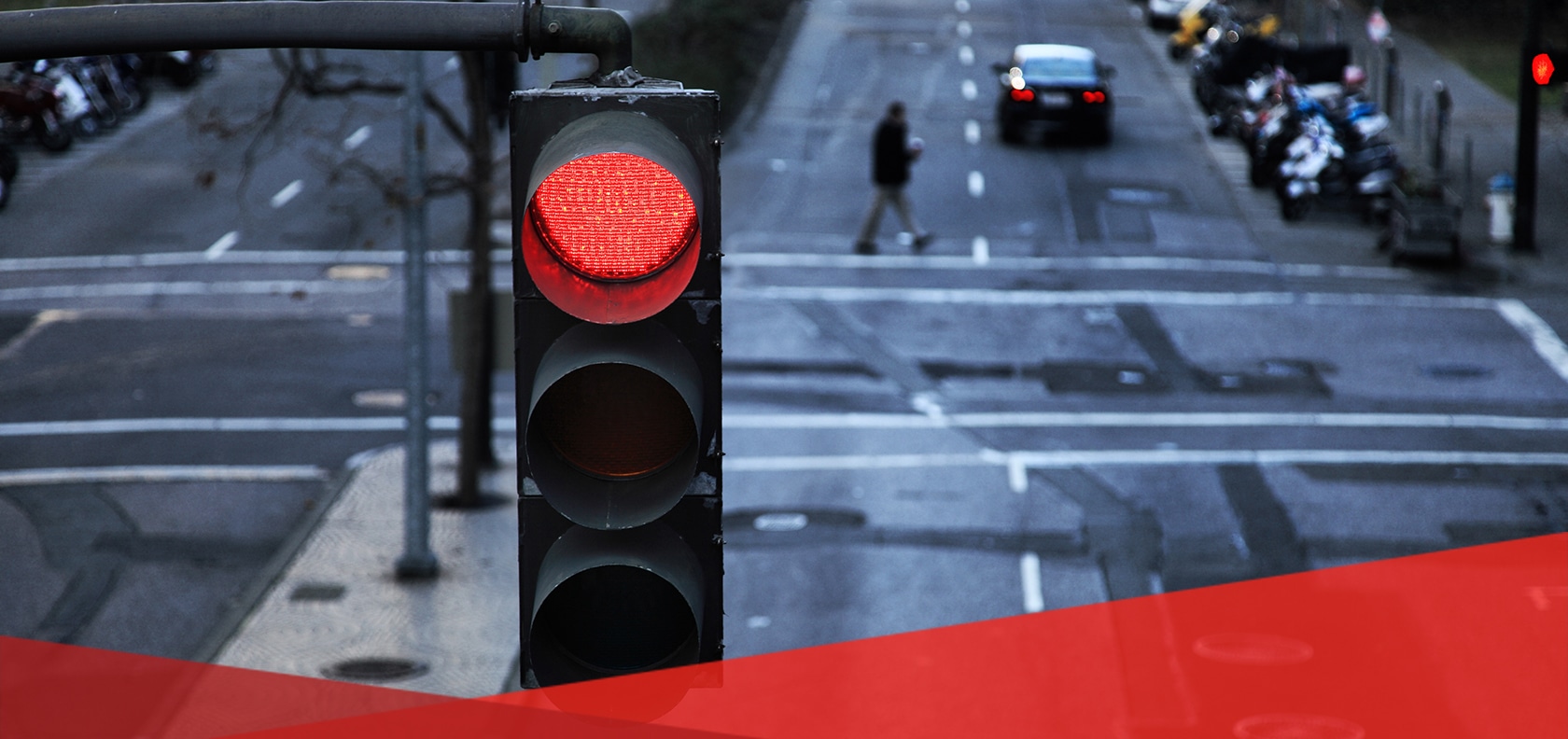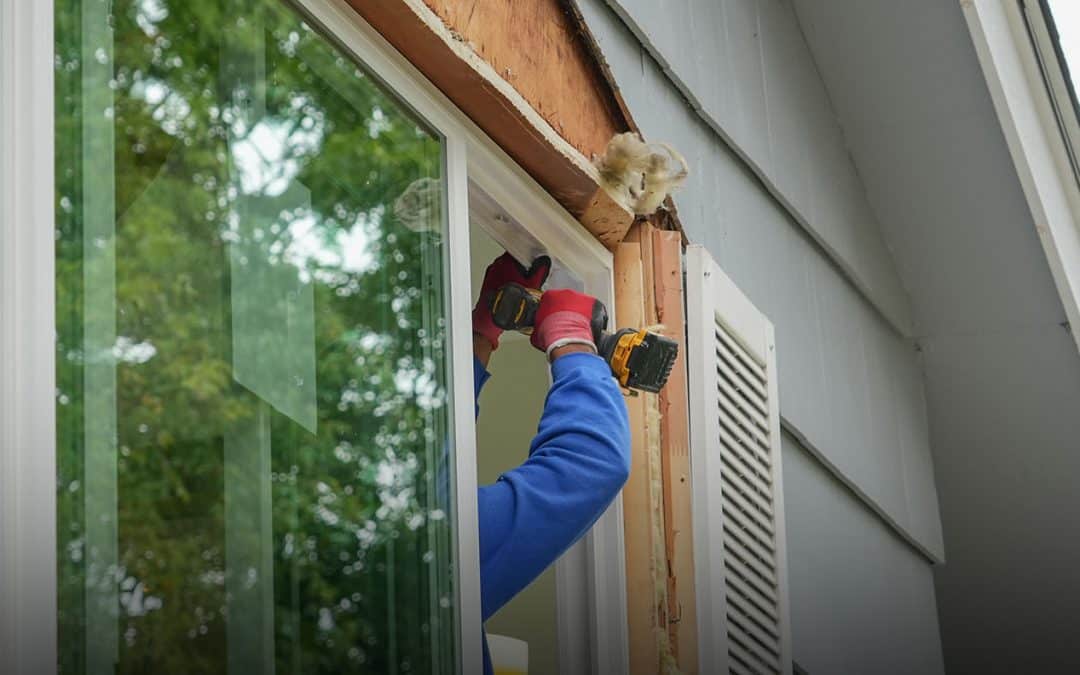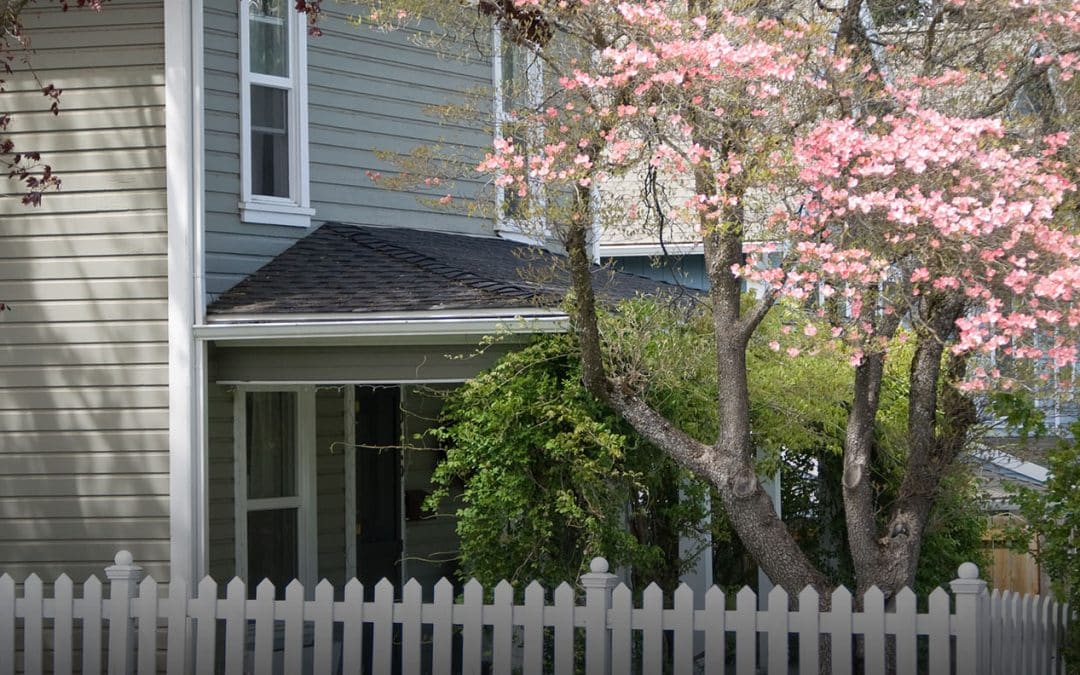When you’re driving down the road and come to a red light, you probably know that you need to stop. But do you know what to do when you come across traffic lights that use other colors? Those colors correspond to different activities and tell you what to do.
Most states require that you go through driver’s education before you can take your driving test and get your license. However, not everyone goes to school or remembers what they learned. You can learn how to drive safely with a look at the meaning behind those lights.
What Colors Mean What?
Most traffic signals in the United States have a red light on the top with a green light on the bottom. Green means go and serves as a signal that it is safe for you to move forward. The yellow light that you see in the middle is a sign that the red signal is about to appear. When you see the yellow light, you should stop, if you can do so safely. If you can’t stop, proceed with caution, looking out for other vehicles that may enter the intersection. A red light means you must come to a complete stop until the light turns green again.
What Do Arrow Signals Mean?
The chances are good that you’ll come across some arrows in your travels. These lights sit next to the main lights but mean different things. A green arrow tells you that you can turn in that direction but lets you know that you should yield to others. Any pedestrians who started across the street have the right of way as do people on bicycles. On some streets, vehicles turning in the same direction have the right of way, even if you have the arrow.
There are also flashing yellow lights that appear on intersection signals. This tells you that the light will change soon but acts as a warning. While you can turn if you have the right of way and don’t see any oncoming traffic, the yellow light usually serves as a warning that you need to slow down and wait until the light turns again. The light will often flash to show you that you have the right to turn but that you may see pedestrians or other vehicles on the road.
What Are Blue Light Signals?
The lights that you see sitting on top of traffic lights were initially white but now have a blue hue due to the LED bulbs used in them. This light only appears when the light changes and tells traffic to stop. If you see one flashing, the odds are good that the camera located there took a photo. These cameras take a photo every time someone runs the light and give the police information they can use to issue a ticket to that driver. Though not all cities have these lights, many do.
Traffic Signs and Traffic Signal Colors
Even if you have a lot of driving experience, you may still come across some road signs that you don’t know. Yellow signs serve as warnings and tell drivers about road hazards ahead. You might see a curved black road that shows the road twists and turns or a black arrow that points in both directions to show an intersection coming up. The meaning behind orange signs is that they relate to construction or road work. If you see a stick figure holding a shovel, the sign says that there are workers on the road. A stick figure with one or both arms raised represents a flagger ahead.
The traffic signals and signs you see can also tell you mandatory things that you need to do. Many of these signs are white and have a black arrow. You may see one that shows you need to merge into another lane or that you can only drive straight. Guide signs are often green and found on the sides of the highway or on holders posted above the road. They let you know how far away you are from specific exits and cities. These signs also direct you to the exit and may include smaller signs that tell you about the amenities found there such as gas stations and restaurants.
Once you learn what do traffic signals mean, you’ll become more alert on the road and cut down on your chances of being in accidents. Let MAPFRE help you find the right auto insurance that rewards you for being a safe driver.



